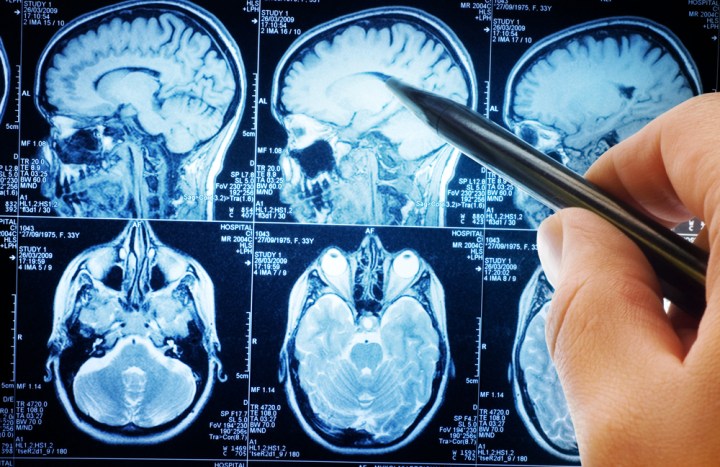
The CEU-UCH team earned their third-place award by developing an algorithm that can process and analyze neural data via a microchip implanted in a patient’s brain. They’ve recently published an article detailing their design in Oxford’s journal of neurology, Brain.
In theory, the chip relays the neural information to a patient’s smartphone or wearable device, which in turn alerts the patient of the potential onset of an epileptic seizure. With this warning, patients can immediately take action to avoid the seizure by taking medication or removing themselves from potentially compromising situations.
When seizures strike without warning, patients must periodically take medication and avoid high risk activities (like driving or swimming) that may put themselves or others in harms way.
The seizure-detecting algorithm may save patients the hassle, expense, and adverse effects of periodically taking medication throughout the day. Instead, patients can save their medication for moments when an episode is impending. With the algorithm’s oversight, seizure patients may even be able to engage in activities that many of us take for granted.
The project demonstrates the importance of interdisciplinary scientific efforts, according to researcher Juan Pardo, who’s field of study is not medicine but computer science. “This work shows how computer scientists and mathematicians are needed in many fields to help solve pressing issues, in this instance in neuroscience,” he said in a talk at the University.


